Mohair #2 Collection by Datura
An in-depth look at the brand’s reasoning for selling its effortlessly chic pieces only through the web


After eight years of working in the fashion industry—including a brand under her own name—Majorca-raised Stefania Borras uses her collected experiences to hit all the right marks with her line, Datura. Launched last year, Datura is designed in New York and made in Barcelona, and this month they released a new capsule collection, titled Mohair #2.
One look at the green mohair robe coats is like a message from a higher being, assuring you that you’ll be able to survive this winter while still managing to look elegant (and without having to resort to a ski jacket). Borras, though, isn’t your typical independent designer. She’s firm that Datura will only ever sell from its own web shop and also that styles aren’t updated by season, but through capsule collections every few months.
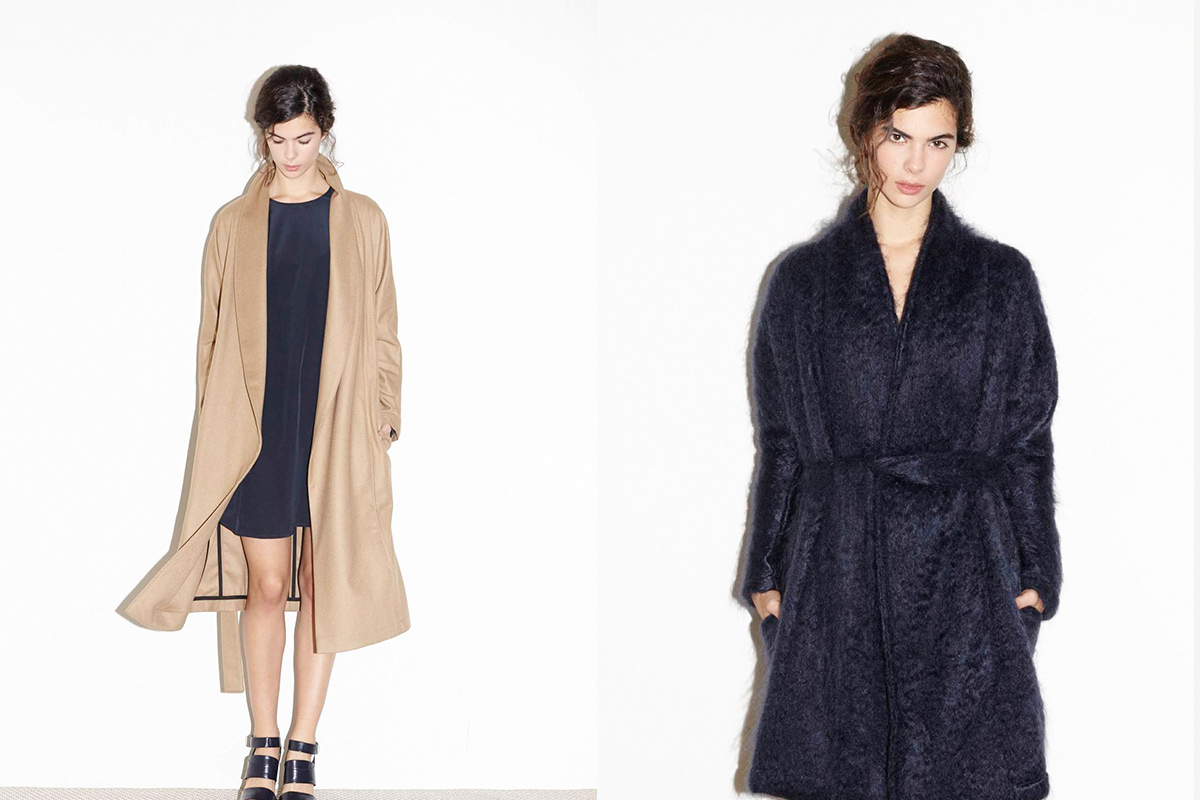
The importance Borras places on not selling Datura through other retail stores—online or offline—is manifold. “I loved the idea of connecting directly to our client; our clothes come from our studio to her door step,” she says. Since Borras is the only person selling it, she can instantly gauge what her clients like and what they like less, and this immediate feedback allows her to continuously improve her designs. “The most important reason, however, was reducing the final price,” she says.
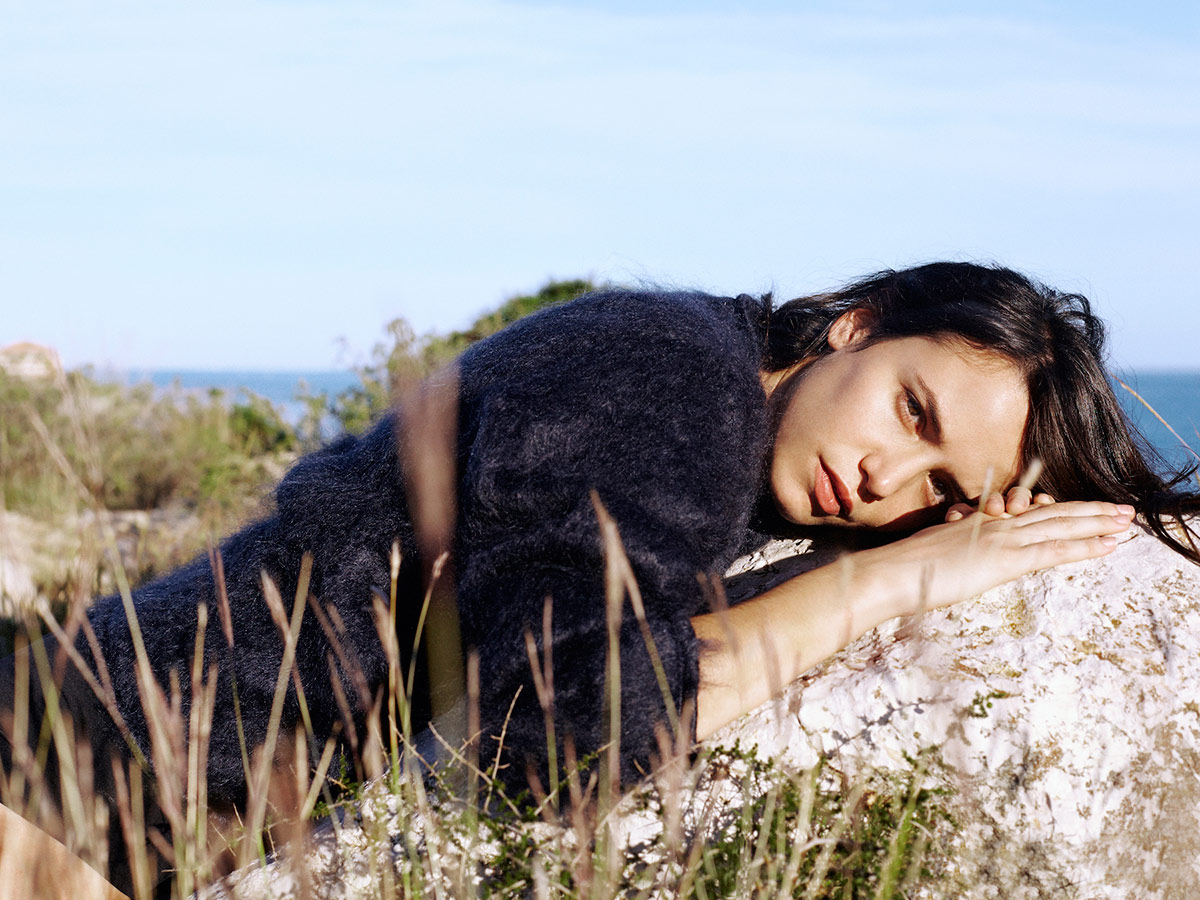
“Datura’s styles are minimal, having less seams for more comfort,” she continues. “This makes us use more fabric and also we have high-end finishes; all these add up to a high cost when producing our clothes, but I wanted to offer a mid-price point in between unreachable luxury prices and unoriginal, low quality fast fashion. By going direct to customers, we can make these high-end pieces more affordable.” This is how Borras can offer a made-in-Spain 82% mohair, 18% wool sweater for $280—a piece that would likely fetch twice its price at a concept shop.
“For a young brand, it’s extremely difficult to get good quality materials, manufacturing, brand awareness and exposure at a fair price (for the final customer),” she says. “I wanted a price point that could reach more women, but not overlook quality and process. That’s the reason why I believe being sustainable is not a wave or passing trend: it’s the only way to envision a better future.”
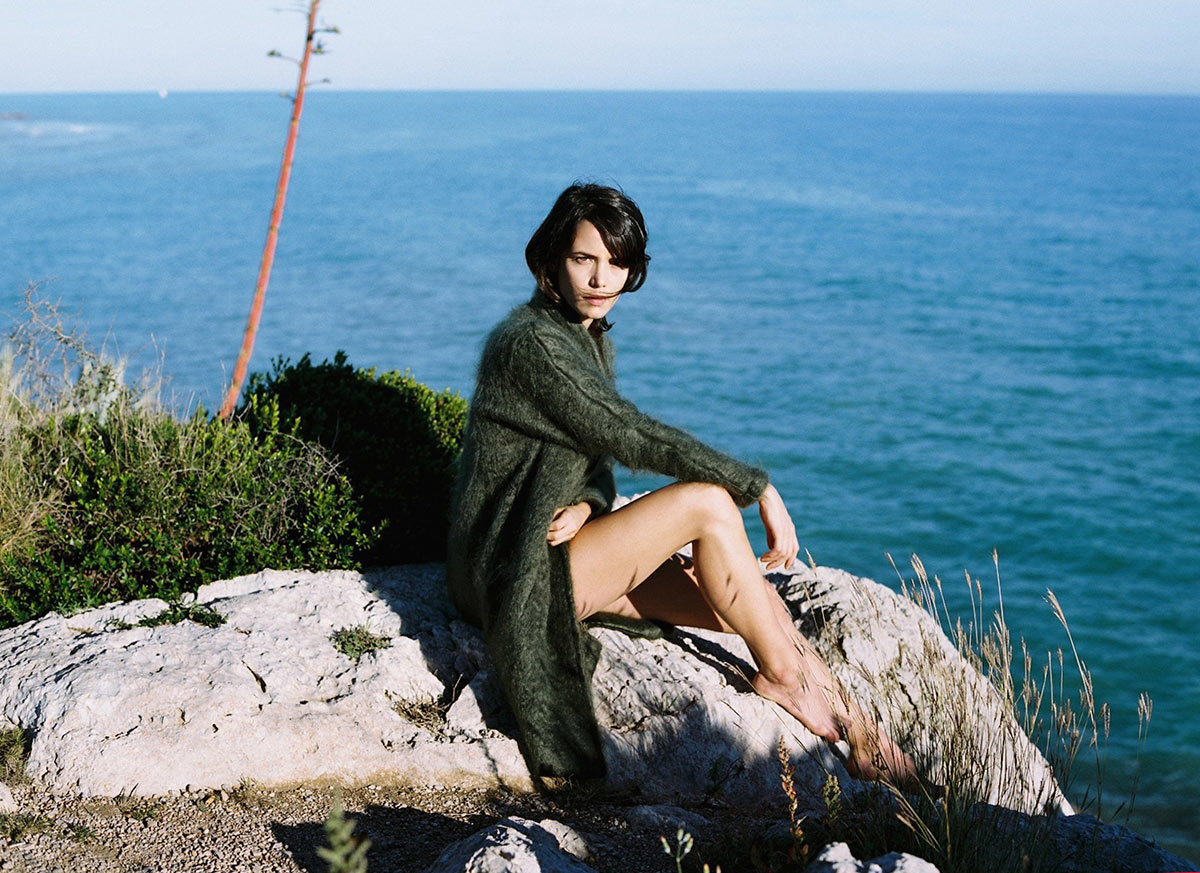
Borras defines sustainability as “a point of view of being transparent and honest and selling at a real cost: working with real people and real salaries.” She says, “A lot of brands I got to know personally were overselling an image of their brand but were not exactly representing that cost in the way their clothes were actually made. Some luxury brands (some, not all!) are really not luxurious if you follow their processes. On the other side of the spectrum, you have the fast fashion world which is at a very low cost but has a very negative impact on the environment. A dress at $30 or a T-shirt at $10 is just a wrong price. We are undervaluing the cost, the resources and the work put behind it. People are being underpaid as a result to achieve that price.”
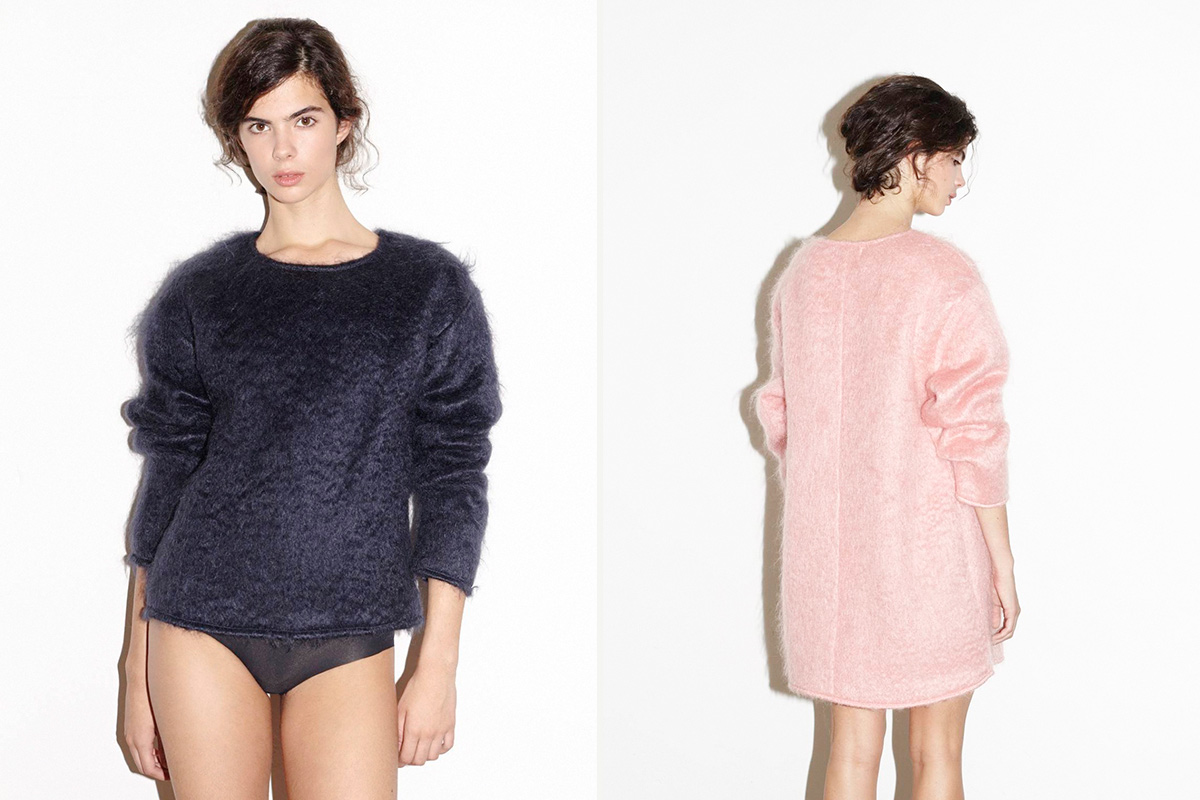
And with Datura’s season-less capsule collections, the line doesn’t fit the traditional buying model from most stores, anyway. “We like the idea that women can buy warm and light styles all year around,” says Borras. “Other styles can really be worn all year around. So if you are traveling to a warmer or a colder country or you happen to live on the other hemisphere of the world you can always find a suitable style.” Mohair dresses are on view side-by-side with silk jumpsuits, velvet kimonos and cotton pants on the website. Borras notes that on average, Datura launches a new capsule collection around every two months.
The most recent collection is a follow-up to last year’s successful Mohair series, and features sweaters, dresses and a new kimono robe coat style (that give off a being-pampered-in-a-bathrobe vibe) in mohair. Borras’ love for the natural luxury material, derived from angora goats, is easy explained: it’s weightless yet warm, crease-resistant, durable and gives off a lustrous sheen that makes it look elegant. “It’s pretty perfect fabric!” she says. But she also offers coats in cashmere and wool blends as well as some new silk pieces, too—all in feminine styles that look effortlessly polished. (Be sure to check out her constellation silk scarves that depict different astrological signs like Aries and Sagittarius.)
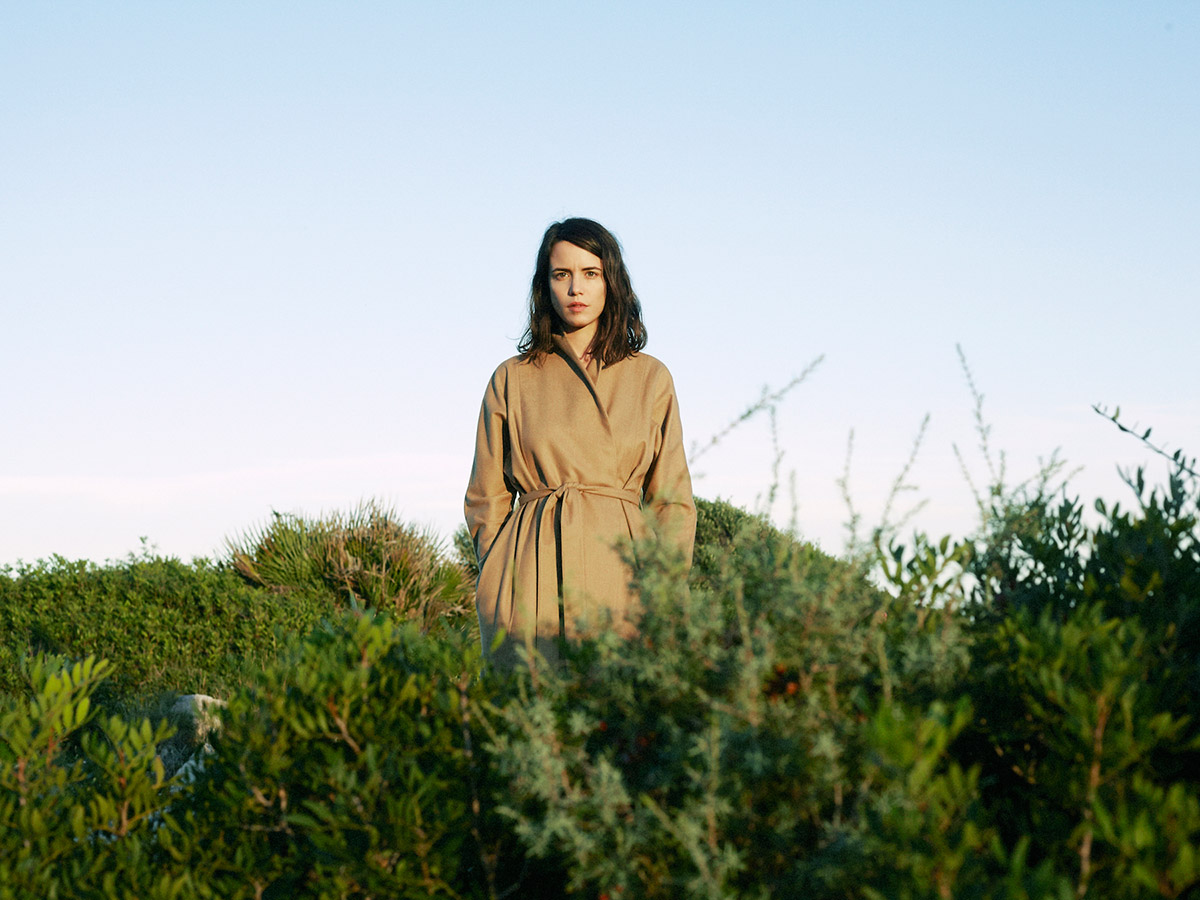
I liked the connotation that beauty is always dangerous and danger is beauty
“The name Datura comes from the perfume I always used to wear called Datura Noir from Serge Lutens. I bought that fragrance years ago and loved the story behind it. Datura had been a forbidden plant for many years because ‘witches’ used to make infusions out of it. It’s a beautiful night flower that is also a strong hallucinogen—and that’s probably the reason witches thought they could fly,” Borras tells CH with a smile. “It’s an easy six-letter word that reads well in every language and I liked the connotation that beauty is always dangerous and danger is beauty. It’s part of the life cycle.”
Datura’s collection is available online only through its webstore.
Images courtesy of Datura












